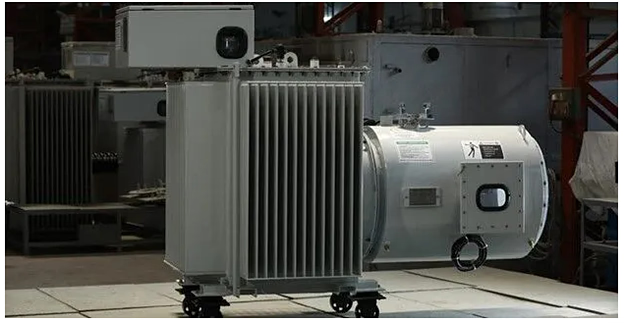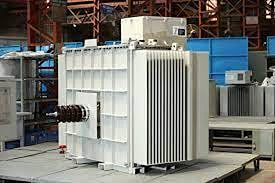Have
you ever wondered how electrostatic precipitators (ESPs) catch fine
dust and particles so effectively? One of the unsung heroes behind their
performance is the transformer-rectifier (TR) set. In this post,
we’ll break down, in plain words, how TR sets help ESPs work better — and why
they are critical for clean air systems.

What happens inside an
ESP?
To start, electrostatic
precipitators use a high-voltage electric field to charge particles in flue
gas, which are then collected on grounded plates. The better you can charge
those particles and maintain a stable voltage, the higher the collection efficiency.
ESPs can achieve over 99 % particle removal when everything works right.
The role of a TR set in
an ESP
A TR set converts
your plant’s AC supply into a high-voltage DC supply needed by the ESP. Without
it, the ESP cannot create the electric field required to pull particles out of
the gas stream.
But more than just
conversion, a well-designed TR set can influence how precisely the ESP
operates.
How does a good TR set
improve efficiency?
Here are key ways in
which a TR set can boost the performance of electrostatic precipitators:
Stable high-voltage output
Fluctuations in voltage
reduce charging strength. A TR set with tight regulation and feedback control
keeps the voltage steady, allowing the ESP to maintain good particle charging.
Voltage ripple minimization
The smoother the DC
output (lower ripple), the more consistent the field between electrodes. This
means fewer weak spots where particles slip by.
Sectional control/sectionalization
Large ESPs are often
divided into multiple sections, each controlled by its own TR set. That ensures
better voltage distribution and avoids overloading one section.
Finer control with modern electronics
Modern TR sets often use thyristors, controllers, or feedback systems to
adjust voltage or current in real time, adapting to dust load, resistivity, or
flow changes.
Improved spark handling
In ESPs, sparks or
discharges happen. A good TR set will manage those events, limiting damage and
maintaining performance between disturbances.
Why TR sets matter more in real-world operations
In practice, even a
well-designed ESP can underperform if the TR set is old, mismatched, or lacking
precise control.
·
If the TR set cannot supply enough voltage under heavy load,
particle charging suffers.
·
If the output has high ripple, it weakens the electrostatic
field.
·
If a TR set is powering too large an area, the voltage becomes
uneven, causing some parts to become underpowered.
·
Poor spark control or voltage fluctuation can force the ESP to
operate at sub-optimal levels for safety.
Final word
A robust, well-matched
TR set is not just a supporting component — it’s a performance amplifier for electrostatic precipitators. By ensuring stable,
controllable, high-voltage DC with modern control techniques, TR sets help ESPs
maintain high collection efficiency even as conditions change.
At Ador Powertron,
we focus on power systems that deliver reliability, precision, and better
emissions control. When you design or optimize an ESP installation, remember:
the TR set you choose can make or break your performance.




